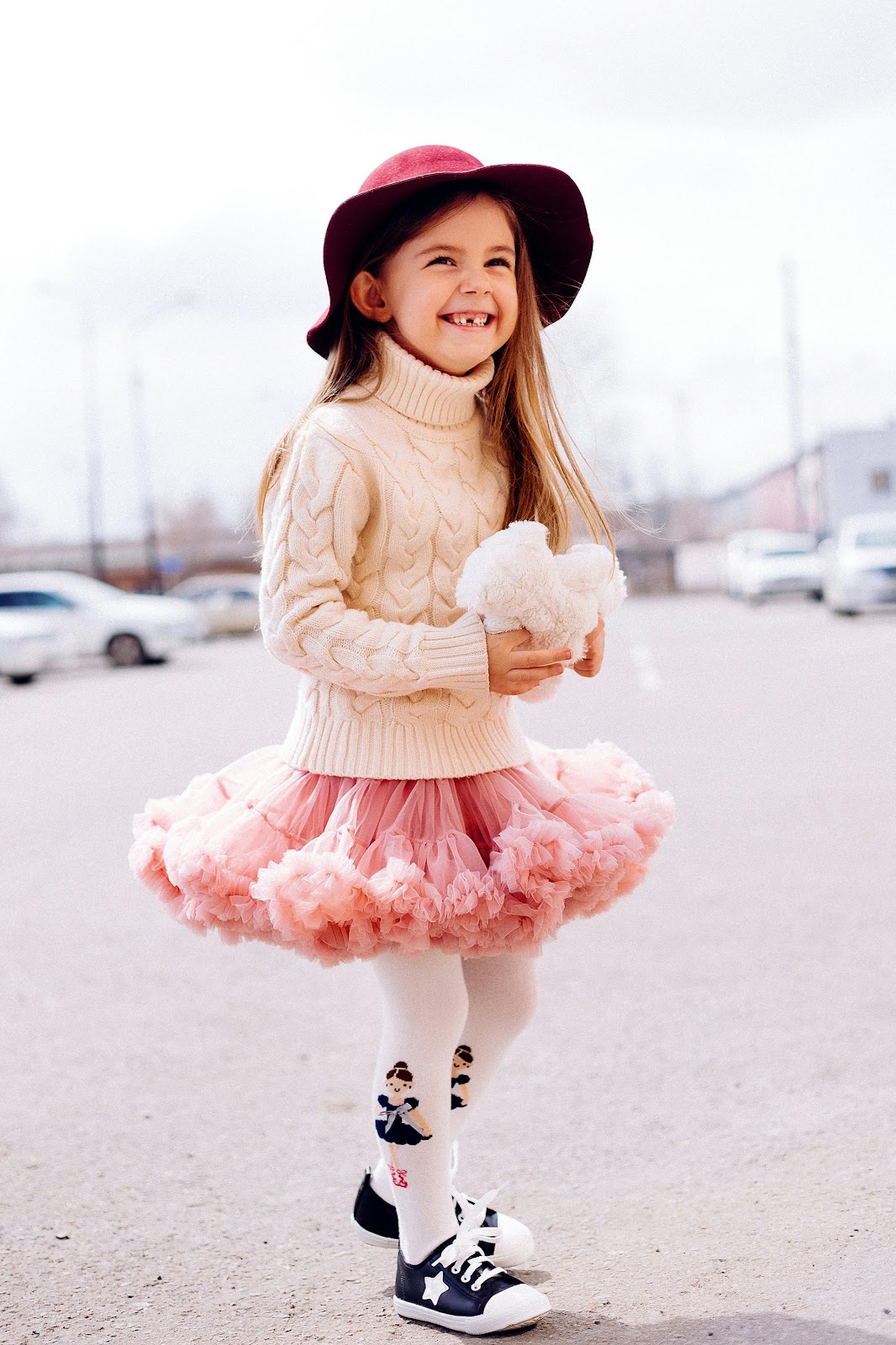The Early Years: Laying the Groundwork for Body Positivity
Parents can introduce the concept of diversity early on, celebrating the uniqueness of every individual. Books, toys, and media that depict a range of body types, abilities, and appearances help children understand and appreciate diversity. This early exposure sets the stage for a positive body image as they grow older.
Puberty: Navigating the Waters of Change
Initiate conversations about puberty before physical changes begin, ensuring that children are well-prepared for the transformations they will experience. Emphasize puberty's natural and healthy aspects, highlighting that everyone goes through these changes at their own pace. Encourage questions and discussions, creating a safe space for children to express their feelings and concerns.
Media Literacy: Navigating External Influences
Encourage critical thinking about media messages, helping children understand that their appearance does not determine their worth. Discuss the importance of focusing on health and well-being rather than conforming to societal expectations. Parents empower children to navigate external influences and maintain a positive self-image by arming them with media literacy skills.
Promoting Self-Compassion: Embracing Changes with Grace
Provide tools for self-care, both physically and emotionally. This may include activities that promote relaxation, mindfulness, and self-reflection. By fostering self-compassion, parents help their children build resilience and a positive mindset that will serve them well throughout their lives.
Ongoing Conversations: Beyond Puberty
Challenge societal narratives that equate beauty with youth, highlighting the wisdom and strength that come with age. Reinforce the idea that beauty is diverse and extends beyond physical appearance. By maintaining ongoing conversations, parents provide continuous support and guidance as their children navigate the complexities of body image.
Educating About Reproductive Health: Breaking Taboos
Parents can use age-appropriate books, documentaries, and educational resources to supplement discussions about reproductive health. Emphasize the importance of informed decision-making, consent, and healthy relationships. Parents empower children to make responsible choices and prioritize their well-being by equipping them with knowledge.
Understanding the Unique Changes: Menopause vs. Pregnancy
While menopause and pregnancy share some commonalities, such as emotional variability and changes in sleep patterns, the hormonal directions they take are opposite. Menopause involves a decline in reproductive hormones, signaling the end of fertility, while pregnancy is characterized by a surge in these hormones to support the creation of new life. Understanding these differences is crucial for both parents and children, fostering a more informed perspective on the beauty and complexity of the human body.
Leading by Example: Modeling Body Positivity
Encourage a healthy approach to nutrition and exercise, framing these practices as ways to nourish and care for the body rather than conforming to external standards. Create a home environment that values diversity and rejects harmful stereotypes. By modeling body positivity, parents contribute significantly to their children's perception of their own bodies.
As children navigate the challenges of body image, the support of peers becomes invaluable. Encourage a culture of kindness and acceptance among friends, emphasizing the importance of celebrating differences. Teach children to speak up against body shaming and promote a positive environment where everyone feels valued.
Foster a sense of community by organizing activities that emphasize cooperation, teamwork, and inclusivity. By creating positive peer dynamics, parents contribute to a supportive network that reinforces body positivity outside the family setting.







No comments
Thank you for dropping by! I would love to hear what you thought. :)
Thanks!
♥,
Diana